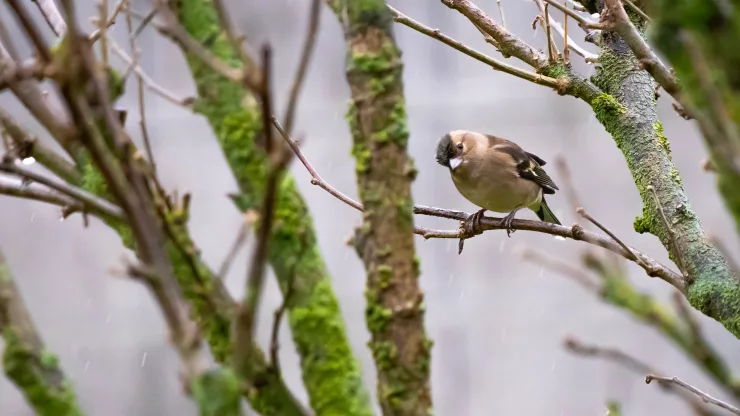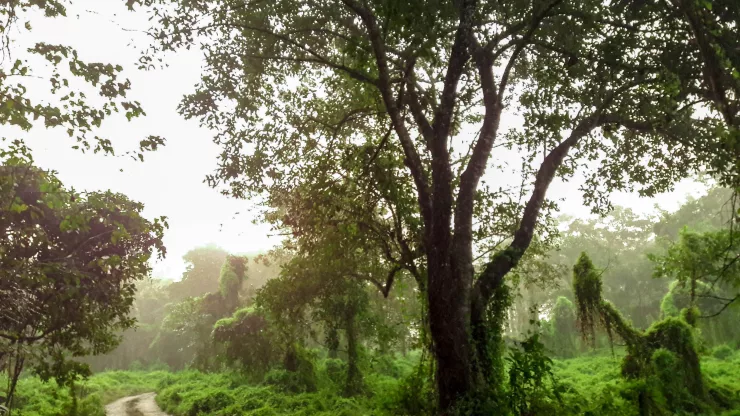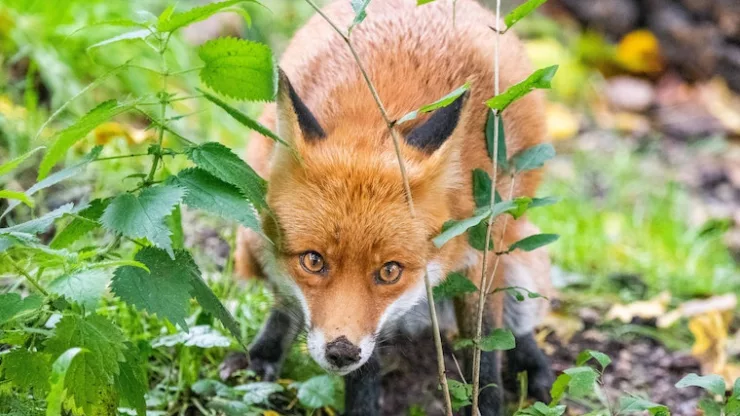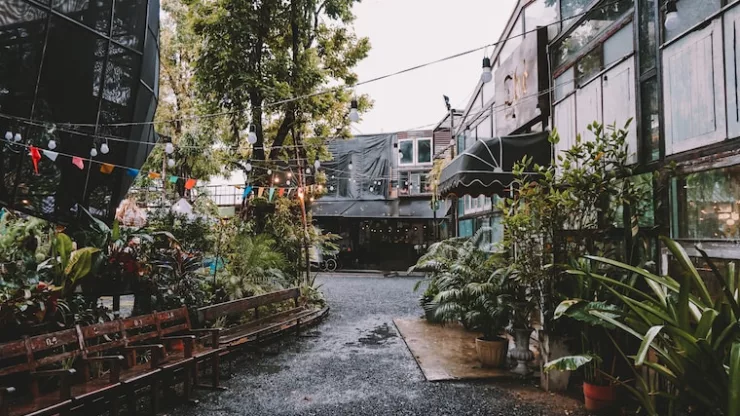Urbanization has brought about a rapid transformation of the natural environment, with great implications for wildlife.
The destruction of natural habitats and the introduction of man-made structures have had a significant impact on urban wildlife, leading to a decline in their populations.
As more people move to cities, it is essential to consider the impact of urban development on natural resources and take measures to preserve them.
Jump to Section
The Impact of Urbanization on Natural Resources
Urbanization has a significant impact on natural resources, including water, air, and soil.
The construction of buildings, roads, and other infrastructure changes the landscape and alters the natural processes that support ecosystems.
As a result, urban areas often experience a decline in biodiversity and the loss of natural habitats.
According to the United Nations, more than half of the world’s population lives in urban areas, and this number is projected to increase.
This means that the impact of urbanization on natural resources will only grow.
It is, therefore, crucial to find ways to balance urban development with the preservation of natural resources.
How Urbanization Affects Wildlife in Cities
Urbanization affects wildlife in several ways.
The destruction of natural habitats, pollution, and the introduction of non-native species can all have a detrimental effect on urban wildlife.
As cities expand, natural habitats are replaced by man-made structures, leaving little room for wildlife to thrive.
This can lead to a decline in the population of certain species and even extinction.
Pollution is another significant problem for urban wildlife.
Air and water pollution can affect the health of animals, making them more vulnerable to disease and other threats.
The introduction of non-native species, either intentionally or unintentionally, can also have a significant impact on urban wildlife.
These species can outcompete native species for resources, leading to a decline in their population.
The Importance of Preserving Natural Habitats in Urban Areas
Preserving natural habitats in urban areas is essential for the survival of urban wildlife.
Natural habitats provide a home for wildlife, and they also help regulate the environment by providing clean air and water.
Preserving natural habitats can also help reduce the impact of climate change by storing carbon and reducing the urban heat island effect.
In addition to providing a home for wildlife, natural habitats can also provide recreational opportunities for people.
Parks and green spaces are essential for promoting physical and mental health, and they help build strong communities.
Preserving natural habitats in urban areas is, therefore, crucial for both wildlife and people.
What You Can Do to Protect Urban Wildlife
There are several things that individuals can do to protect urban wildlife. Some of these include:
- Plant native species in your yard or community garden to provide food and habitat for wildlife.
- Avoid using pesticides and herbicides, which can harm wildlife.
- Reduce your use of single-use plastics, which can end up in the environment and harm wildlife.
- Support local conservation efforts and volunteer with organizations that work to protect urban wildlife.
- Educate others about the importance of preserving natural habitats in urban areas.
By taking these steps, individuals can help protect urban wildlife and ensure that they have a home in our cities.
FAQ
How can urban development be balanced with the preservation of natural resources?
Urban development can be balanced with the preservation of natural resources by incorporating green infrastructure into urban design.
This can include things like green roofs, rain gardens, and permeable pavement, which can help mitigate the impact of urbanization on natural resources.
Why is preserving natural habitats in urban areas important for people?
Preserving natural habitats in urban areas is important for people because it provides recreational opportunities, promotes physical and mental health, and helps build strong communities.
Parks and green spaces are essential for bringing people together and creating a sense of place.
What are some examples of non-native species that can harm urban wildlife?
Some examples of non-native species that can harm urban wildlife include the common pigeon, which can outcompete native bird species for resources, and the European starling, which can displace native cavity-nesting bird species.
I’m a nature enthusiast and creator of Metro Wilds and have spent years exploring the great outdoors.
With a passion for environmental conservation and sustainability, I have dedicated my career to writing about the beauty and wonders of nature, as well as the threats facing our planet.
Contact me at [email protected] for assistance.





